选择热点
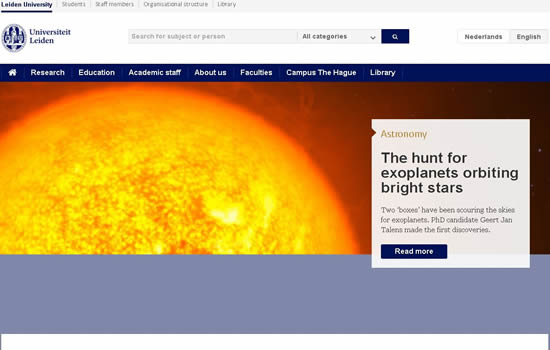 荷兰莱顿大学
荷兰莱顿大学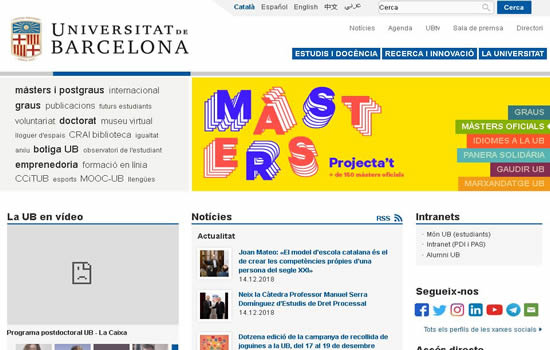 西班牙巴塞罗那大学
西班牙巴塞罗那大学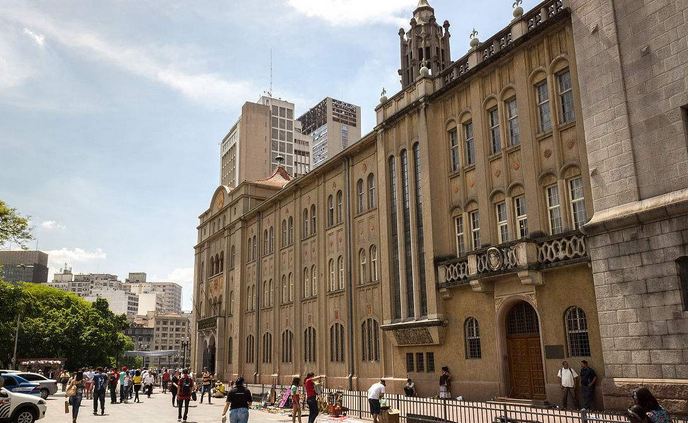 巴西圣保罗大学 University of Sao Paulo, Brazil
巴西圣保罗大学 University of Sao Paulo, Brazil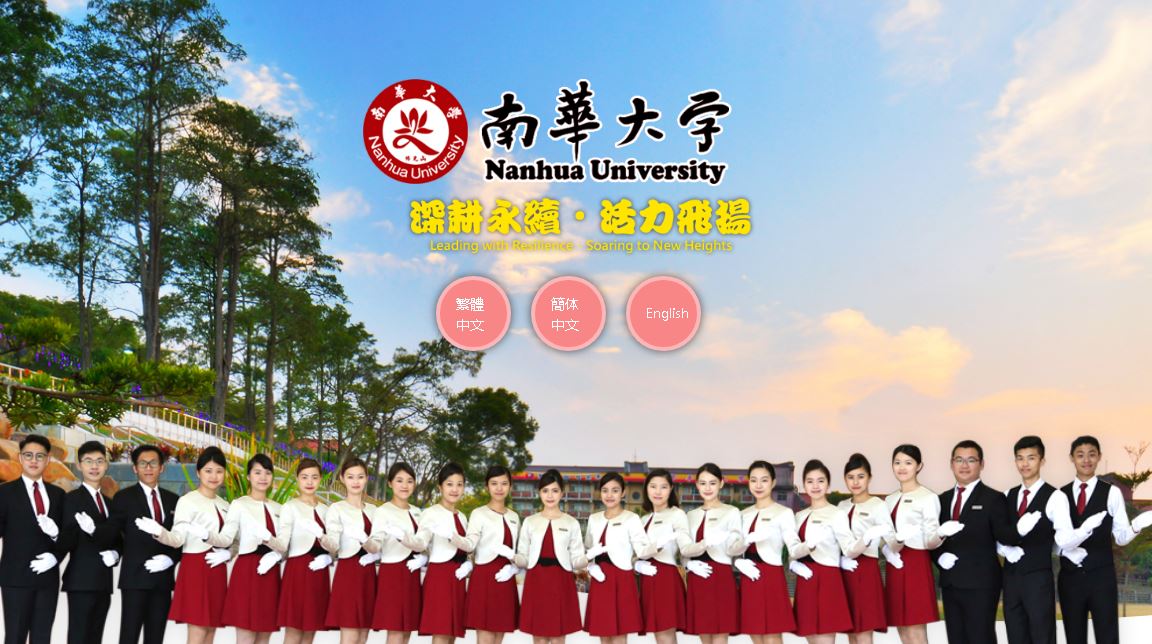 台湾南华大学 University of South China in Taiwan
台湾南华大学 University of South China in Taiwan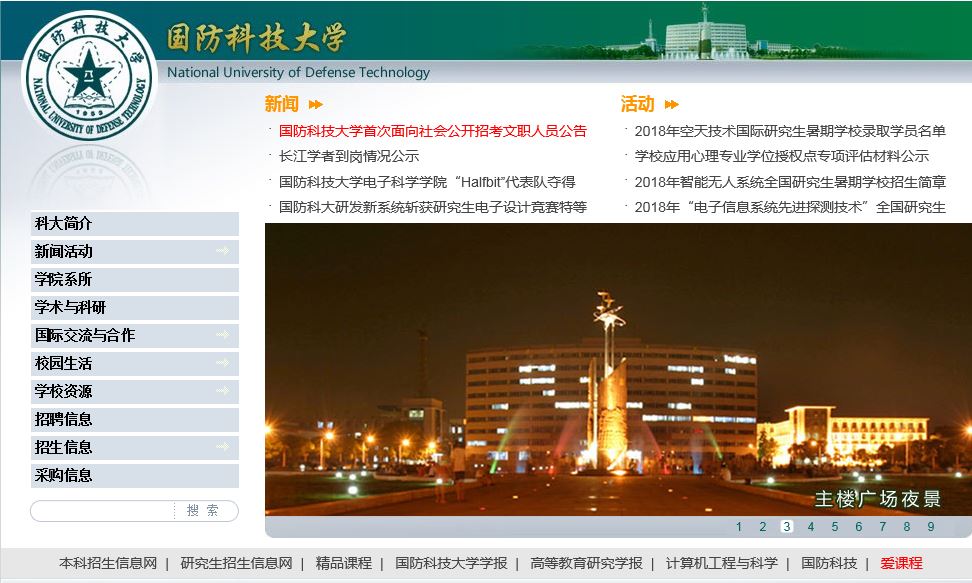 科技大学 National University of Defense Technology
科技大学 National University of Defense Technology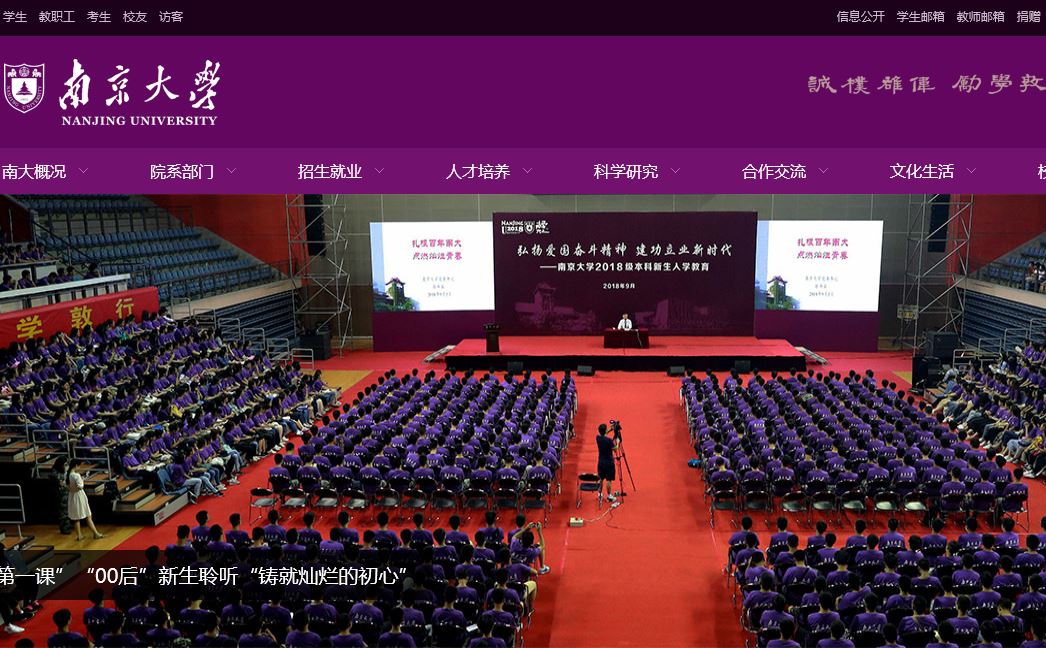 南京大学 Nanjing University
南京大学 Nanjing University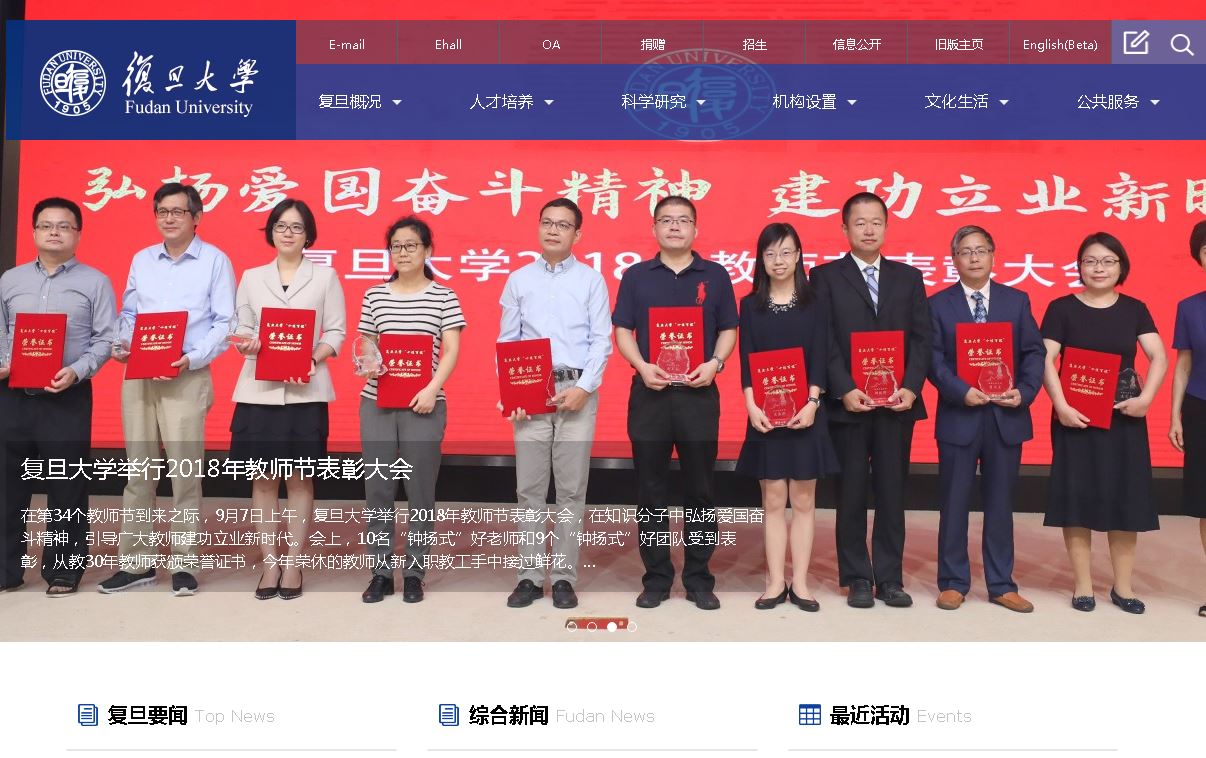 上海复旦大学 Fudan University
上海复旦大学 Fudan University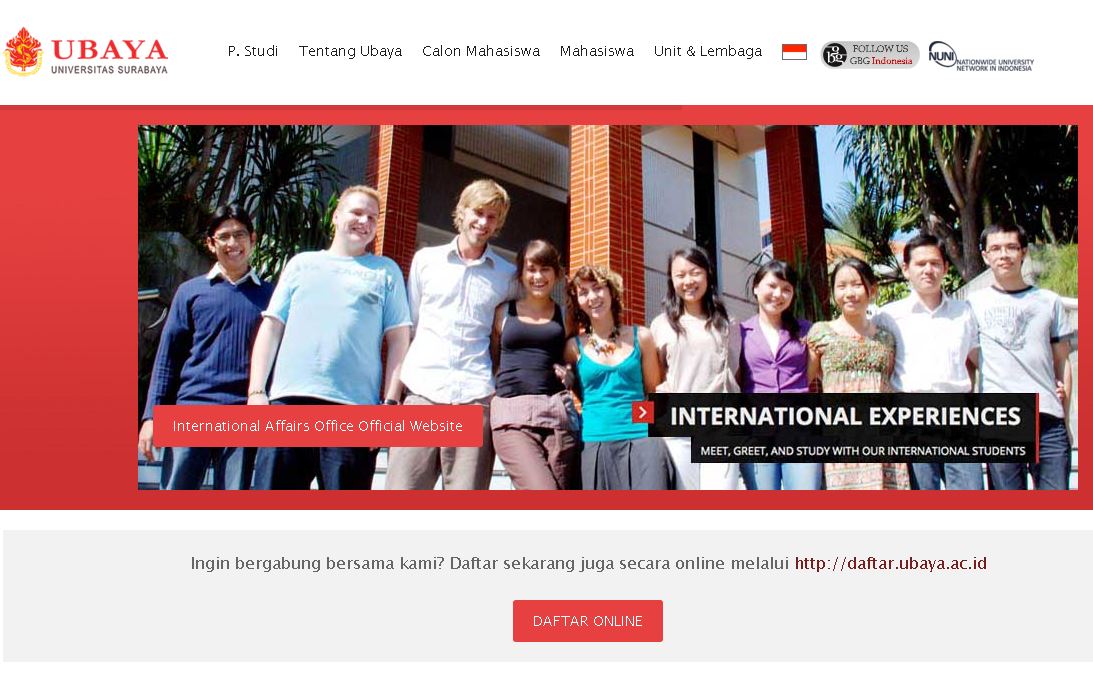 泗水大学(Ubaya)
泗水大学(Ubaya)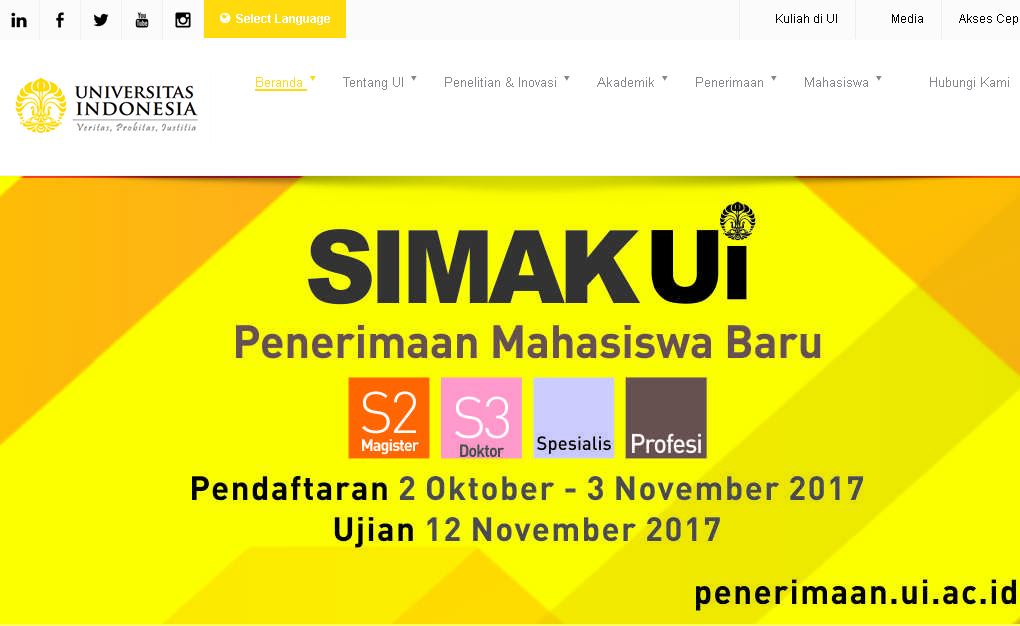 印尼大学 universitas indonesia
印尼大学 universitas indonesia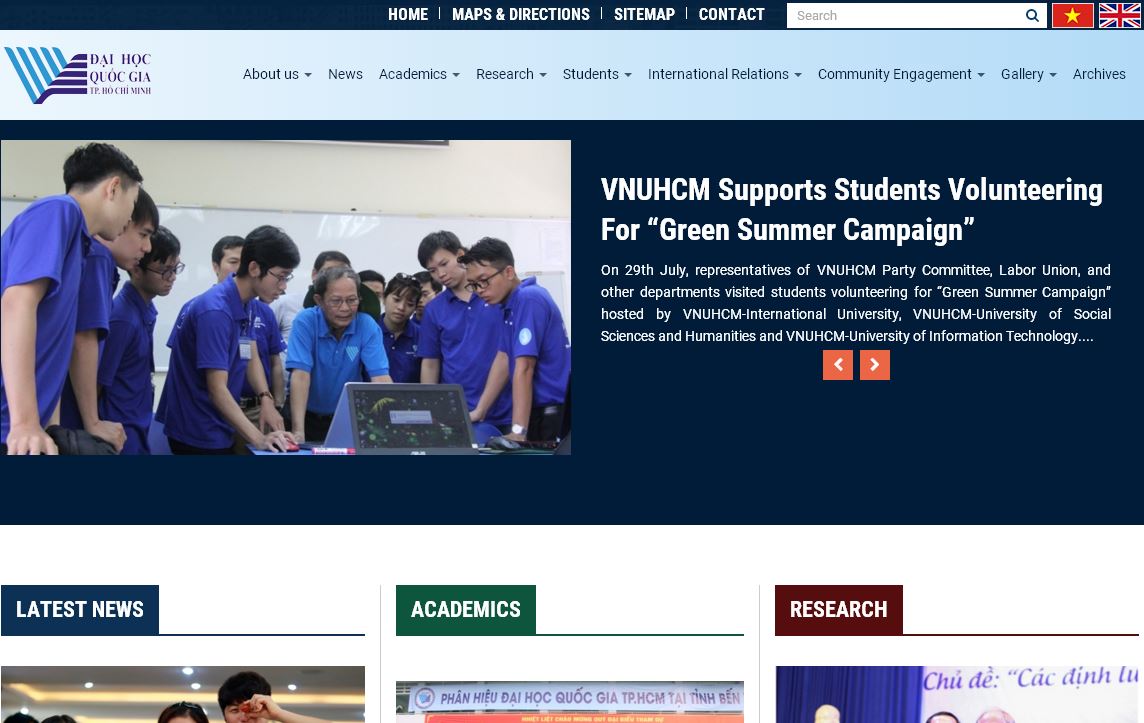 越南某大学 Vietnam National University
越南某大学 Vietnam National University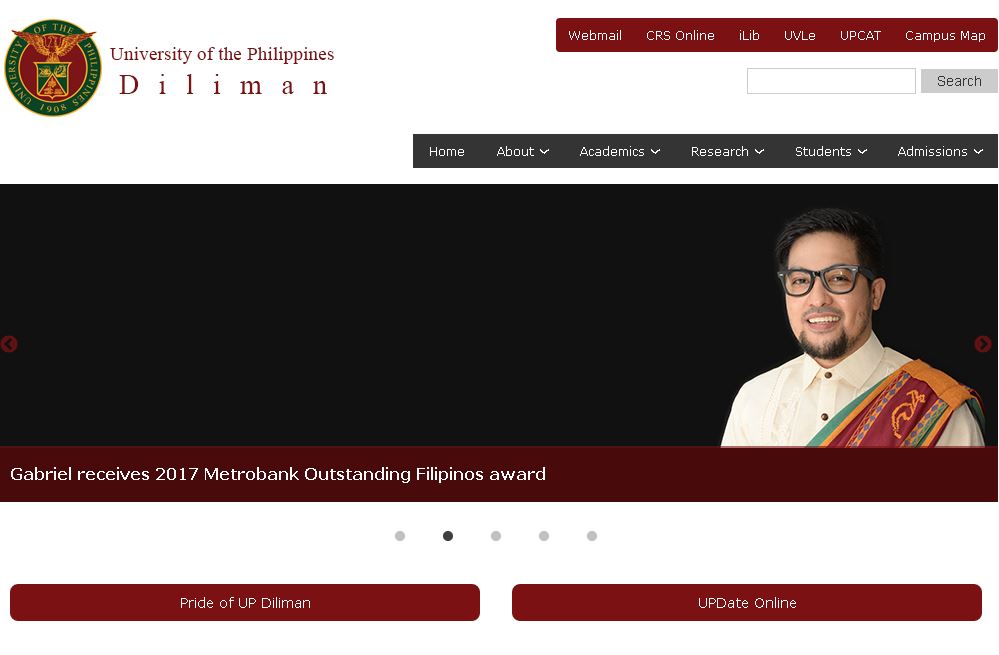 菲律宾大学 University Of The Philippines
菲律宾大学 University Of The Philippines
韩国“蒜城女孩”征服平昌冬奥会
发布时间:2025-01-06
来源:大学网站
In a Winter Olympics full of geopolitical drama, an authentic feel-good sports story is unfolding, courtesy of the Garlic Girls”, as the media have dubbed the South Korean women’s curling team.
A country that was barely aware of the sport a decade ago now has a team that is on the cusp of a gold medal, as South Korea advanced to Friday’s semi-final against Japan.
在充满地缘政治戏码的冬奥会上,被媒体戏称为大蒜女孩”的韩国女子冰壶队,为我们带来了一个真正美好的体育故事。
10年前,韩国对这项运动还知之甚少。
现在,韩国冰壶女队将于周五与日本在半决赛中对阵,有望角逐金牌。
The five-person team — four players and one alternate — finished the round-robin stage with a sterling 8-1 record, having beaten curling’s top five countries: Canada, Switzerland, Russia, Great Britain and Sweden.
由4名球员和1名替补组成的韩国女子冰壶队,击败了在冰壶运动中排前五名的5个国家——加拿大、瑞士、俄罗斯、英国和瑞典,以8胜1负的优异战绩结束了循环赛阶段。
Even more surprising is that the athletes do not hail from one of South Korea’s global metropolises such as Seoul or Busan.
The women’s team, as well as 14 out of the 15 South Korean representatives in Olympic curling, come from the tiny rural town of Uiseong, in Gyeongsangbuk-do Province, which, as the garlic growing hub of the country, sparked the athletes’ nickname.
更令人惊讶的是,这些运动员并非来自首尔(Seoul)或者釜山(Busan)这样的国际性大都市。
参加冬奥会冰壶项目的15名韩国选手中,有14名(包括女子冰壶队的几名选手)均来自庆尚北道的义城郡。
这个乡下小城是韩国的大蒜种植中心,大蒜女孩”的绰号就是由此而来。
Uiseong’s success in becoming the curling capital of South Korea is a reflection of the country’s own rise from poverty — a triumph of the free market, combined with the right amount of government leadership and the people’s commitment to an overarching vision.
成为韩国冰壶之都的义城郡,是从贫困中崛起的韩国的缩影——这胜利属于自由市场、恰到好处的政府领导以及人们对一个宏大愿景的执著。
Uiseong-gun is a county with 53,000 people in an area slightly smaller than Greater London.
It is sandwiched between two more prosperous cities — an industrial Gumi to the south, and Andong, better known as a popular tourist destination, to the north.
义城郡有5.
3万人口,面积略小于大伦敦。
义城郡夹在两个更繁荣的城市之间——南接工业发达的龟尾市,北邻旅游胜地安东市。
Young people have abandoned the region in search of jobs elsewhere, and more than one-third of residents in Uiseong-gun are 65 or older, making it demographically the second-oldest county in South Korea.
为了找工作,年轻人纷纷离开义城郡。
义城郡超过三分之一的居民年龄都在65岁或以上,这使义城郡成为韩国人口老龄化第二严重的郡。
In the early 2000s, in a desperate attempt to broaden the town’s appeal, the local authorities seized on an unlikely opportunity: becoming the site of South Korea’s first international competition-level curling stadium, which had been proposed to assist the country’s efforts to host the Winter Olympics.
2000年代初,不顾一切想要提高本郡吸引力的地方当局抓住了一个令人意外的机会:成为韩国第一个国际竞赛级冰壶场馆的所在地,这一方案是为了助力韩国申办冬奥会而提出的。
Professor Kim Gyeong-du, a former wrestler who first introduced curling to South Korea in 1994, lobbied for the stadium to be built in his home town, only to be met with puzzled reactions from the locals.
Some wondered why Prof Kim was interested in a strange sport in which you sweep in front of a chamber pot sliding on ice”.
曾是一名摔跤手、在1994年第一个将冰壶引入韩国的Kim Gyeong-du教授,为将体育场建在自己的家乡展开游说,当地人却对他的这一举动感到不解。
一些人奇怪于金教授为何钟情这么一项古怪的运动,一个人在冰上把一个尿壶扫来扫去”。
Even with a world-class facility, the human element remained critical.
Fortunately for Uiseong, five local high school girls began practising in the curling stadium, looking for a pastime in a small town with little else to do.
They were talented and determined to overcome their lack of experience.
即使拥有了世界级的场馆,人的因素仍然至关重要。
对义城郡来说,幸运的是,5名当地女高中生开始在这个冰壶馆练习,在一个没什么别的事可做的小城寻求消遣。
她们很有天赋,并决心克服经验不足的问题。
When their team lost the tournament for the selection of the Korean national team for the 2014 Winter Olympics in Sochi, the five women nearly quit curling altogether.
Yet just four years later, Team Kim” — named for the fact that the athletes’ surnames are all Kim — is close to winning the gold medal.
2014年,当她们的球队输掉了索契冬奥会韩国国家队选拔赛时,这5个姑娘几乎放弃了冰壶运动。
然而仅仅4年后,金队”(Team Kim)——得名于5名队员都姓金——已得金在望。
Uiseong’s history traces that of South Korea.
Devastated by the Korean war and separated from the industrial facilities located north of the demilitarised zone, the country began by rebuilding its light industry base, manufacturing wigs and textiles.
义城郡的这段历史与韩国的发展历程如出一辙。
在朝鲜战争中饱受摧残、又与朝韩非军事区以北的工业设施分开了的韩国,在战后开始重建轻工业基地,制造假发和纺织品。
Then, in the 1970s, South Korea embarked on what many thought a foolhardy venture, borrowing money to build a gargantuan shipyard on the empty, rocky beaches of Ulsan, Yeosu and Gwangyang.
之后,在20世纪70年代,韩国开始了一项许多人认为很鲁莽的冒险,贷款在蔚山、丽水和光阳的石滩上建造一座巨大的造船厂。
At the time, the idea that the country would focus on shipbuilding, steelmaking and other heavy industry was as outlandish as building an Olympic-size curling stadium in the middle of the Uiseong garlic fields.
Yet the bet — in both senses — paid off.
当时,韩国要重点发展造船、炼钢及其它重工业的想法,就像义城郡要在大蒜田中央建造一个奥林匹克规模的冰壶馆一样离奇。
然而,这两场赌博都得到了回报。
The 2018 Pyeongchang Winter Olympics shows just how far South Korea has come.
2018年平昌冬奥会向我们展示了韩国的成就。
The games have been judged as one of the better-organised Olympics, rebounding from the construction difficulties and too-warm-for-skiing weather of Sochi.
本届冬奥会被认为是一届组织得宜的奥运会,相比遭遇场馆建设困难和暖和得不适于滑雪的天气的索契冬奥会,本届冬奥会水准回归。
Despite the initial distraction with North Korea, the Olympics is now solidly focused on sports, and the home team South Korea is making a strong showing in its favourite winter event, short-track speedskating.
With the unexpected success of the Garlic Girls, the small town of Uiseong is also celebrating the vindication of its own quirky vision.
尽管最初与朝鲜相关的事情分散了人们的注意力,本届冬奥会目前正一门心思关注于比赛本身,而东道主韩国在其钟爱的冬季项目短道速滑上表现强劲。
随着大蒜女孩的意外成功,义城郡这个小城也在庆祝自己的冰壶梦并非异想天开。
The writer is an attorney based in Washington DC 本文作者是华盛顿一名律师【韩国“蒜城女孩”征服平昌冬奥会查看网站:[db:时间]】
A country that was barely aware of the sport a decade ago now has a team that is on the cusp of a gold medal, as South Korea advanced to Friday’s semi-final against Japan.
在充满地缘政治戏码的冬奥会上,被媒体戏称为大蒜女孩”的韩国女子冰壶队,为我们带来了一个真正美好的体育故事。
10年前,韩国对这项运动还知之甚少。
现在,韩国冰壶女队将于周五与日本在半决赛中对阵,有望角逐金牌。
The five-person team — four players and one alternate — finished the round-robin stage with a sterling 8-1 record, having beaten curling’s top five countries: Canada, Switzerland, Russia, Great Britain and Sweden.
由4名球员和1名替补组成的韩国女子冰壶队,击败了在冰壶运动中排前五名的5个国家——加拿大、瑞士、俄罗斯、英国和瑞典,以8胜1负的优异战绩结束了循环赛阶段。
Even more surprising is that the athletes do not hail from one of South Korea’s global metropolises such as Seoul or Busan.
The women’s team, as well as 14 out of the 15 South Korean representatives in Olympic curling, come from the tiny rural town of Uiseong, in Gyeongsangbuk-do Province, which, as the garlic growing hub of the country, sparked the athletes’ nickname.
更令人惊讶的是,这些运动员并非来自首尔(Seoul)或者釜山(Busan)这样的国际性大都市。
参加冬奥会冰壶项目的15名韩国选手中,有14名(包括女子冰壶队的几名选手)均来自庆尚北道的义城郡。
这个乡下小城是韩国的大蒜种植中心,大蒜女孩”的绰号就是由此而来。
Uiseong’s success in becoming the curling capital of South Korea is a reflection of the country’s own rise from poverty — a triumph of the free market, combined with the right amount of government leadership and the people’s commitment to an overarching vision.
成为韩国冰壶之都的义城郡,是从贫困中崛起的韩国的缩影——这胜利属于自由市场、恰到好处的政府领导以及人们对一个宏大愿景的执著。
Uiseong-gun is a county with 53,000 people in an area slightly smaller than Greater London.
It is sandwiched between two more prosperous cities — an industrial Gumi to the south, and Andong, better known as a popular tourist destination, to the north.
义城郡有5.
3万人口,面积略小于大伦敦。
义城郡夹在两个更繁荣的城市之间——南接工业发达的龟尾市,北邻旅游胜地安东市。
Young people have abandoned the region in search of jobs elsewhere, and more than one-third of residents in Uiseong-gun are 65 or older, making it demographically the second-oldest county in South Korea.
为了找工作,年轻人纷纷离开义城郡。
义城郡超过三分之一的居民年龄都在65岁或以上,这使义城郡成为韩国人口老龄化第二严重的郡。
In the early 2000s, in a desperate attempt to broaden the town’s appeal, the local authorities seized on an unlikely opportunity: becoming the site of South Korea’s first international competition-level curling stadium, which had been proposed to assist the country’s efforts to host the Winter Olympics.
2000年代初,不顾一切想要提高本郡吸引力的地方当局抓住了一个令人意外的机会:成为韩国第一个国际竞赛级冰壶场馆的所在地,这一方案是为了助力韩国申办冬奥会而提出的。
Professor Kim Gyeong-du, a former wrestler who first introduced curling to South Korea in 1994, lobbied for the stadium to be built in his home town, only to be met with puzzled reactions from the locals.
Some wondered why Prof Kim was interested in a strange sport in which you sweep in front of a chamber pot sliding on ice”.
曾是一名摔跤手、在1994年第一个将冰壶引入韩国的Kim Gyeong-du教授,为将体育场建在自己的家乡展开游说,当地人却对他的这一举动感到不解。
一些人奇怪于金教授为何钟情这么一项古怪的运动,一个人在冰上把一个尿壶扫来扫去”。
Even with a world-class facility, the human element remained critical.
Fortunately for Uiseong, five local high school girls began practising in the curling stadium, looking for a pastime in a small town with little else to do.
They were talented and determined to overcome their lack of experience.
即使拥有了世界级的场馆,人的因素仍然至关重要。
对义城郡来说,幸运的是,5名当地女高中生开始在这个冰壶馆练习,在一个没什么别的事可做的小城寻求消遣。
她们很有天赋,并决心克服经验不足的问题。
When their team lost the tournament for the selection of the Korean national team for the 2014 Winter Olympics in Sochi, the five women nearly quit curling altogether.
Yet just four years later, Team Kim” — named for the fact that the athletes’ surnames are all Kim — is close to winning the gold medal.
2014年,当她们的球队输掉了索契冬奥会韩国国家队选拔赛时,这5个姑娘几乎放弃了冰壶运动。
然而仅仅4年后,金队”(Team Kim)——得名于5名队员都姓金——已得金在望。
Uiseong’s history traces that of South Korea.
Devastated by the Korean war and separated from the industrial facilities located north of the demilitarised zone, the country began by rebuilding its light industry base, manufacturing wigs and textiles.
义城郡的这段历史与韩国的发展历程如出一辙。
在朝鲜战争中饱受摧残、又与朝韩非军事区以北的工业设施分开了的韩国,在战后开始重建轻工业基地,制造假发和纺织品。
Then, in the 1970s, South Korea embarked on what many thought a foolhardy venture, borrowing money to build a gargantuan shipyard on the empty, rocky beaches of Ulsan, Yeosu and Gwangyang.
之后,在20世纪70年代,韩国开始了一项许多人认为很鲁莽的冒险,贷款在蔚山、丽水和光阳的石滩上建造一座巨大的造船厂。
At the time, the idea that the country would focus on shipbuilding, steelmaking and other heavy industry was as outlandish as building an Olympic-size curling stadium in the middle of the Uiseong garlic fields.
Yet the bet — in both senses — paid off.
当时,韩国要重点发展造船、炼钢及其它重工业的想法,就像义城郡要在大蒜田中央建造一个奥林匹克规模的冰壶馆一样离奇。
然而,这两场赌博都得到了回报。
The 2018 Pyeongchang Winter Olympics shows just how far South Korea has come.
2018年平昌冬奥会向我们展示了韩国的成就。
The games have been judged as one of the better-organised Olympics, rebounding from the construction difficulties and too-warm-for-skiing weather of Sochi.
本届冬奥会被认为是一届组织得宜的奥运会,相比遭遇场馆建设困难和暖和得不适于滑雪的天气的索契冬奥会,本届冬奥会水准回归。
Despite the initial distraction with North Korea, the Olympics is now solidly focused on sports, and the home team South Korea is making a strong showing in its favourite winter event, short-track speedskating.
With the unexpected success of the Garlic Girls, the small town of Uiseong is also celebrating the vindication of its own quirky vision.
尽管最初与朝鲜相关的事情分散了人们的注意力,本届冬奥会目前正一门心思关注于比赛本身,而东道主韩国在其钟爱的冬季项目短道速滑上表现强劲。
随着大蒜女孩的意外成功,义城郡这个小城也在庆祝自己的冰壶梦并非异想天开。
The writer is an attorney based in Washington DC 本文作者是华盛顿一名律师【韩国“蒜城女孩”征服平昌冬奥会查看网站:[db:时间]】
- 上一篇: 三八女权发声者:维奥拉·戴维斯(Viola Davis)
- 下一篇: “漫威最佳”黑豹 是如何炼成的
相关阅读
目录列表
资讯列表
英语资讯


共0条评论
网友评论温馨提示:您的评论需要经过审核才能显示,请文明发言!